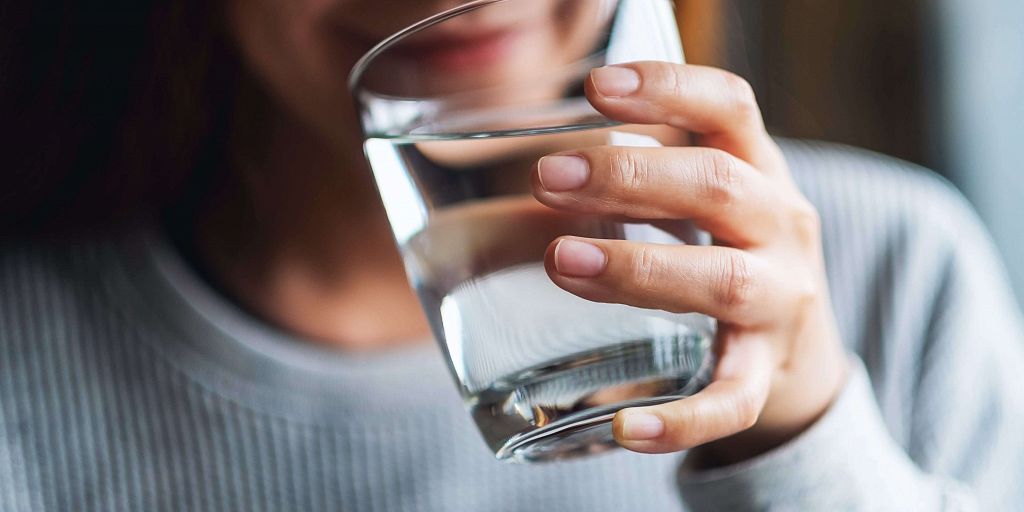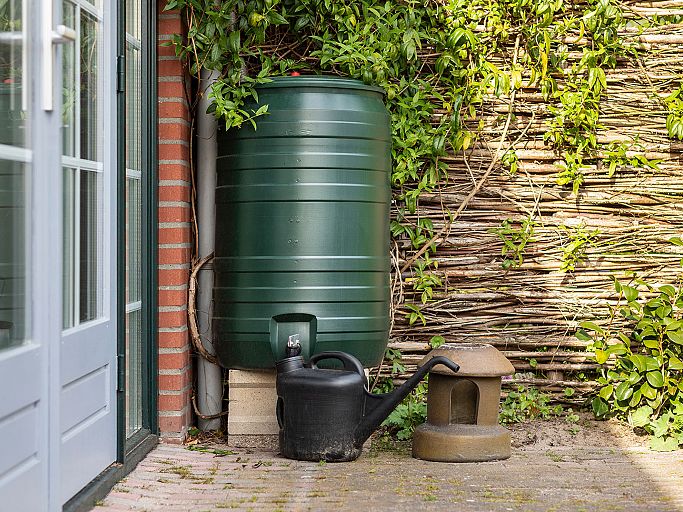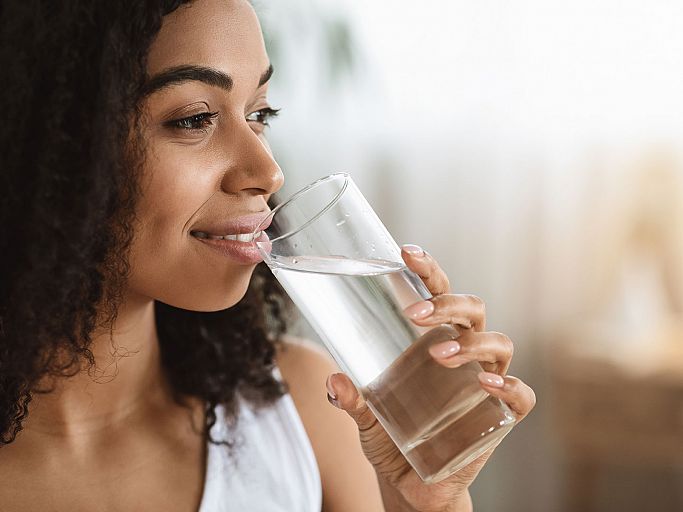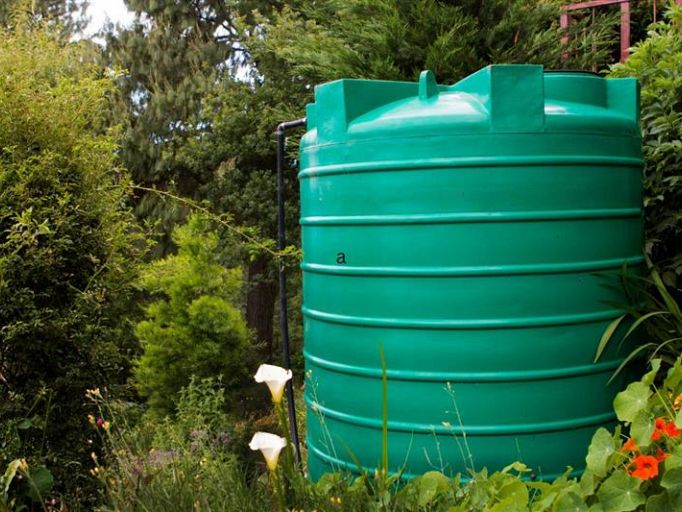- Oil
- Diesel
- Petrol
- AdBlue
- Water
- Sewage
- Hot Water Cylinders
-
Brands
- New Releases
- In Stock
- Sale
- Best Sellers
- Fuel Tank Hire
- More
-
Services
Can I Drink Water from a Water Storage Tank?
15th November 2022 in water

Cutting straight to the answer, it’s safe to drink water that is stored in a tank. There are, of course, a number of factors at play though.
The quality of the water storage tank is crucial – and this includes how well it has been maintained. It’s important for the tank to have remained clean and not compromised so that a build-up of algae or other contaminants have not affected the quality of the water. If the water is contaminated then it is unlikely to be suitable to drink, and doing so is not a risk that is worth taking. Also important is how the tank fits into the wider system (including delivery – pipework and so on).
Why it’s important to avoid contamination
Water has to be kept clean and free from contamination for it to be drinkable by humans (or, rather, for it to be drinkable without the possibility of adverse consequences). Keeping it in good enough condition means it needs a temperature of 20°C or less, and there must be only trace amounts of chlorine (approx. 0.5mg per litre) contained within it. If the water temperature goes above 20°C it is not safe to drink. Other factors which will put it into the unsafe or unhealthy category include visible sediment in the tank, rust in the tank and algae in the liquid or on the sides of the tank. Drinking water which has any of these issues is not going to do you any good – but you can easily avoid them by taking certain steps.
How you can avoid contamination
The basic but biggest step you can take is to make sure that you have a quality water storage tank from the off. Buying from new makes the most sense, as using an old tank which, possibly, has issues such as rust is not safe. Using an old tank which has a lid which ‘just about’ seals with some effort is not safe – as it may indicate that the tank can be easily compromised. Using an old tank which may possibly have some form of as yet undetected crack or hole is not safe.
The tank should also be installed within an appropriate system, which means thinking about the location. If you site the tank somewhere that is going to ‘enjoy’ direct sunlight, then you will find that this causes problems – algae growth may develop within the tank. Siting it ‘out of the way’, in an attic, for example, may also cause problems as the heat up there in that insulated space could lead to bacterial growth. You should also consider the cleanliness of the system. The tank and components such as valves, pipes, taps and filters need to be protected from dust and pests. A perfect-fit lid is a great start – but also check regularly for any signs of problems with valves and seals, and the surface of the tank itself.
Logic also plays a part, as the size of the tank is a factor. If you install a large tank then the frequency of checking and replacing the water is going to be less, which means the opportunity for microbiology to grow is more. You can mitigate against some issues by ensuring your tank has a filtration system fitted. Changing out the water in the tanks by flushing the taps on a regular basis will also prevent your water from standing for long periods, which can cause it to become stagnant, and therefore dangerous for drinking.
Ultimately, drinking water that is stored in a tank is completely safe – but only if the conditions described in this blog are met. In short: you must have the appropriate tank, a well maintained and cleaned system, a filter and a proactive attitude towards checks and maintenance. Here at Tanks R Us not only do we have an array of water tanks for sale, including slimline water tanks and portable water tanks, but we can help you get set up with exactly what you need to store water in a safe and hygienic way – and we can also discuss any issues or questions you may have arising from this topic. Simply get in touch!
One of the largest selections of tanks in the UK
Chat online or call us today on 01469 531229
Related Products
More Articles

Water Storage Tanks and the Environment
1st September 2022 in water

How to Clean a Drinking Water Tank
5th September 2022 in water

Why It's Important To Place Water Tanks In The Right Location
15th November 2022 in water

Can I Drink Water from a Water Storage Tank?
15th November 2022 in water
Help
About Us
My Account
Newsletter Sign Up
Inspiration direct to your inbox, please enter your email below...
Help About Us My Account
© Tanks R Us. All rights reserved. Registered in England. Registration number. 05804332. VAT number 364402764
Designed and produced by Kal Group